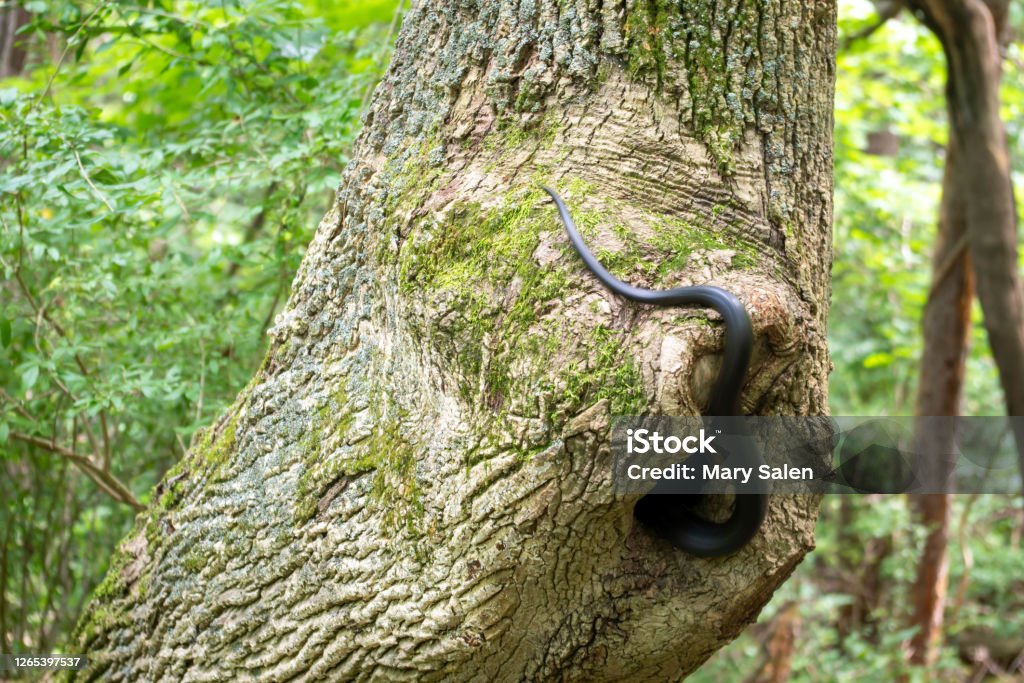In the mysterious world of reptilian behavior, snakes exhibit some of the most fascinating survival adaptations. As cold-blooded creatures, they face unique challenges when temperatures drop, forcing them to seek shelter during winter months. While many snake species retreat underground to hibernate (or more accurately, brumate), some opt for a more elevated solution – tree hollows. This arboreal choice for winter refuge isn’t random but represents a sophisticated survival strategy honed through evolution. This natural behavior demonstrates the remarkable adaptability of these limbless reptiles and offers a glimpse into their complex relationship with forest ecosystems. Let’s explore why certain snake species abandon the ground in favor of wooden chambers high above the forest floor when cold weather approaches.
The Fundamentals of Snake Hibernation
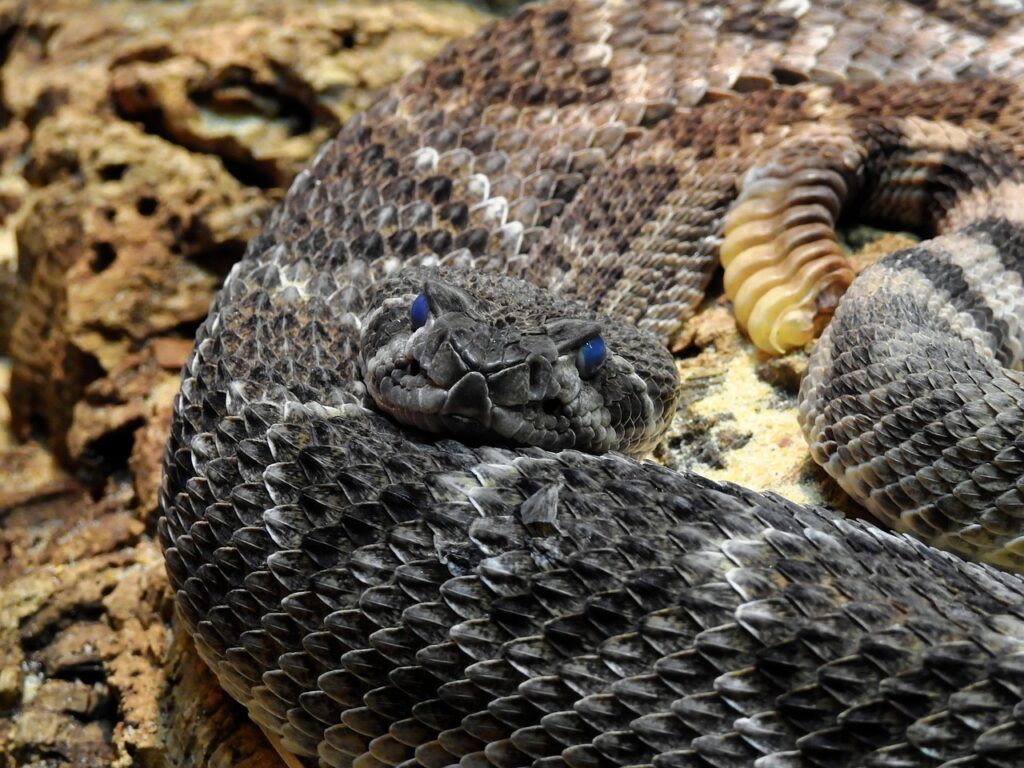
Snake hibernation, technically called brumation, differs from the hibernation of mammals in several important ways. During brumation, snakes enter a state of extremely low activity where their metabolism slows dramatically, allowing them to survive for months without eating. Unlike mammals, brumating snakes remain somewhat alert and may occasionally move or drink water if temperatures temporarily rise. This state isn’t as deep as mammalian hibernation, which explains why on unusually warm winter days, snakes might briefly emerge from their hibernacula (hibernation sites). The brumation period typically begins in late autumn when ambient temperatures consistently drop below the snake’s preferred activity range and continues until spring brings reliable warmth back to their habitat.
Tree Hollows: Nature’s Perfect Hibernacula
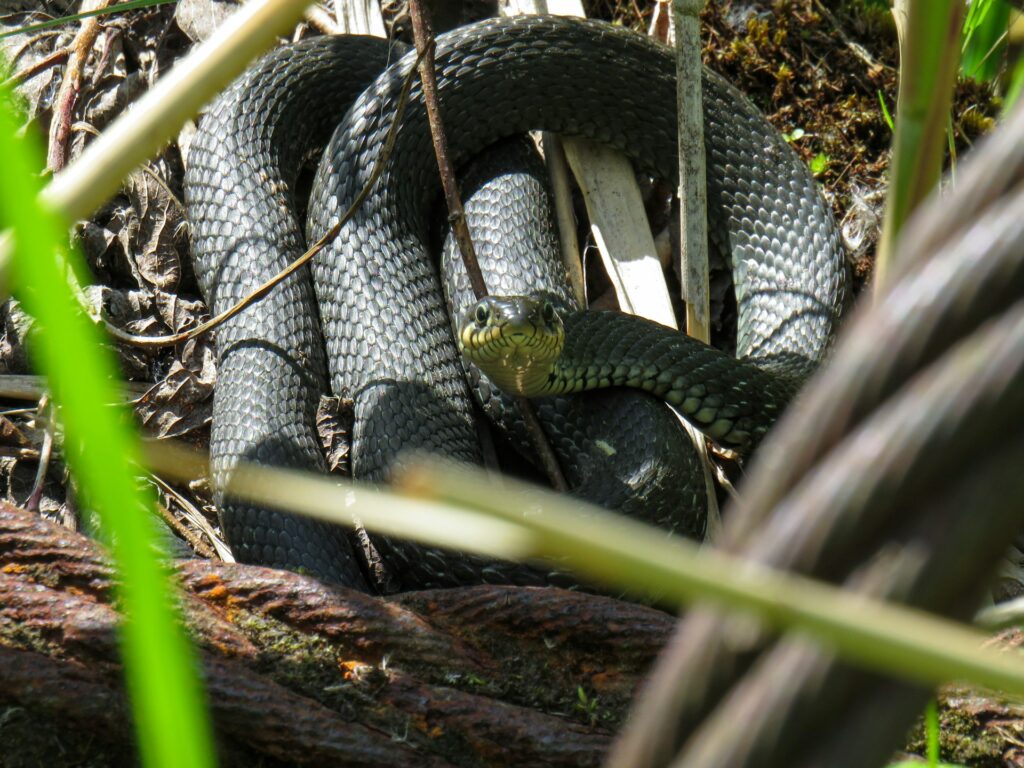
Tree hollows offer several distinct advantages as winter refuges that make them ideal hibernacula for certain snake species. These natural cavities form when trees age and their heartwood decays, creating insulated chambers protected from the harshest elements. The wooden walls of a hollow provide remarkable insulation properties, maintaining more stable temperatures than exposed ground locations. Additionally, tree hollows typically sit above the frost line, protecting inhabitants from freezing temperatures that might penetrate the soil. The elevated position also offers protection from ground-dwelling predators and flooding that might threaten underground hibernation sites. For arboreal or semi-arboreal snake species, these wooden chambers represent the perfect winter accommodation.
Species That Prefer Arboreal Hibernation

Not all snake species choose tree hollows for brumation, as this behavior is primarily observed in species with arboreal or semi-arboreal lifestyles. Rat snakes (Pantherophis spp.), particularly the eastern rat snake, are among the most common tree hollow brumates in North America, using their excellent climbing abilities to access these elevated shelters. Certain racers (Coluber spp.) have also been documented using tree cavities during winter months, especially in wetter habitats. In tropical and subtropical regions, various tree snake species including some vipers and boas may use tree hollows not for true brumation but as refuge during cooler or drier periods. Green tree pythons and emerald tree boas, while not true hibernators due to their tropical habitats, have been observed using tree hollows during inactive periods.
Temperature Stability Advantages
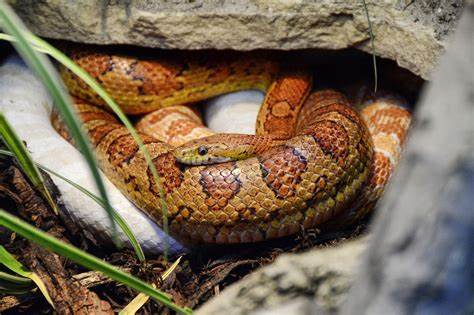
One of the primary reasons snakes select tree hollows is the remarkable temperature stability these wooden chambers provide throughout the winter months. The thick wooden walls of a mature tree hollow act as excellent insulation, buffering against extreme temperature fluctuations that might occur at ground level. Research has shown that while outside temperatures may swing dramatically during winter days and nights, the interior of tree hollows maintains a much more consistent temperature profile. This stability is crucial for brumating snakes, as their slowed metabolism leaves them vulnerable to freezing or to premature awakening if temperatures rise too quickly. For species that brumate communally, this stable environment becomes even more important as the collective body mass of multiple snakes further helps maintain consistent temperatures within the hollow.
Protection from Predators

Elevated hibernation sites offer significant protection from many ground-dwelling predators that might otherwise disturb or prey upon brumating snakes. During brumation, snakes are particularly vulnerable due to their slowed reflexes and diminished ability to flee or defend themselves. Tree hollows located several feet above ground level effectively eliminate the threat from predators like foxes, coyotes, badgers, and other terrestrial hunters that frequently dig out underground hibernacula. While some predators like raccoons, opossums, and certain birds of prey can access tree hollows, the enclosed nature of these spaces still provides better defense than many ground sites. For some snake species, this predator avoidance benefit may outweigh any additional energy expenditure required to reach and access these elevated shelters.
Avoiding Seasonal Flooding
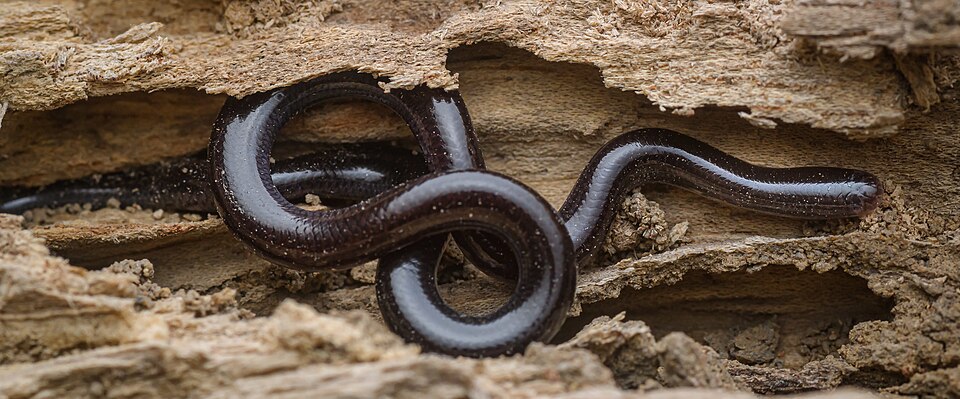
In many ecosystems, winter and early spring bring increased precipitation and seasonal flooding that can prove catastrophic for ground-dwelling animals. Snakes that hibernate in underground burrows or rock crevices near water sources face the risk of drowning if their hibernacula flood during winter thaws or spring rains. Tree hollows, being elevated well above ground level, eliminate this potentially lethal risk entirely. This advantage is particularly important in riparian zones, floodplains, and low-lying forest areas where seasonal water level changes are common. Historical evidence suggests that in some flood-prone regions, snake populations have evolved a preference for arboreal hibernation sites specifically as an adaptation to recurring flood patterns, with genetic studies showing stronger tree-hibernating tendencies in populations from frequently flooded areas.
Humidity Control in Wooden Chambers

The moisture-regulating properties of wood make tree hollows ideal for maintaining appropriate humidity levels during long brumation periods. Excessive dryness can lead to dangerous dehydration in hibernating snakes, while too much moisture can promote fungal and bacterial infections in their immobile state. Wood naturally absorbs and releases moisture, helping to buffer against humidity extremes and maintaining a relatively stable moisture environment. This humidity regulation is particularly important for species that brumate for extended periods, sometimes lasting 4-5 months in northern regions. Some snake species have been observed selecting tree hollows with specific decay patterns that optimize this moisture-regulating effect, showing a sophisticated environmental awareness that helps ensure their winter survival.
Community Brumation Behaviors
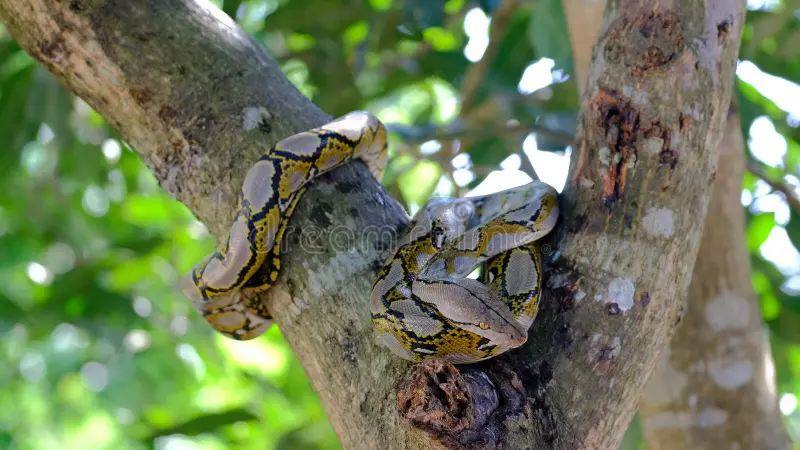
Many snake species that utilize tree hollows exhibit fascinating communal brumation behaviors, with multiple individuals sharing the same hibernaculum. These aggregations can sometimes include dozens of individuals, occasionally comprising different species sharing the limited resource of a suitable tree hollow. This community approach provides several survival advantages, including collective heat retention that helps stabilize the microclimate within the hollow. Researchers have documented cases where rat snakes and racers share hibernacula with other species like copperheads, creating unusual winter communities of normally solitary animals. These communal arrangements may also facilitate breeding in early spring, as potential mates are already in close proximity when they emerge from brumation, giving tree-hibernating snakes a reproductive timing advantage over more widely dispersed ground-hibernating individuals.
The Role of Solar Exposure
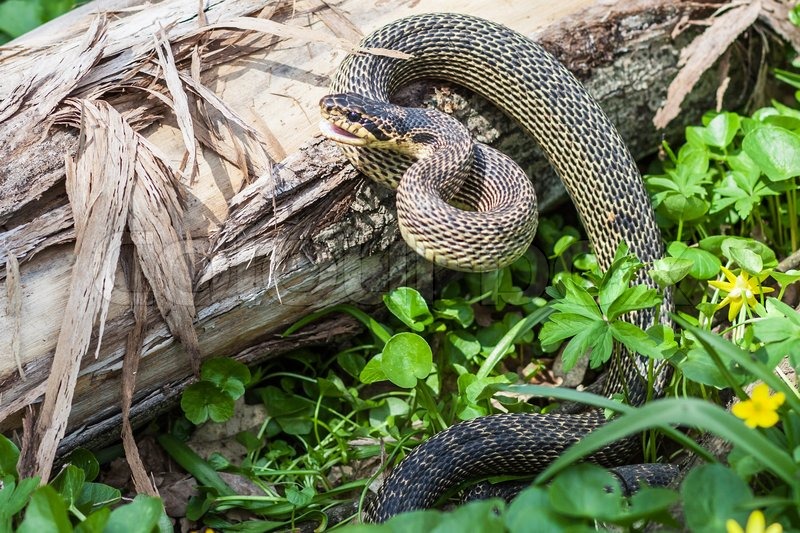
The solar exposure of a tree hollow significantly influences its suitability as a hibernaculum, with many snakes showing clear preferences for hollows on the southern or southeastern sides of trees. These sun-exposed hollows benefit from greater solar warming during winter days, creating slightly warmer average temperatures than hollows on northern exposures. Thermal imaging studies have confirmed temperature differences of several degrees between south-facing and north-facing hollows in the same tree or forest stand. This selective behavior demonstrates the sophisticated environmental awareness of these reptiles, as they actively choose hibernation sites that optimize their thermal environment. Some species have been observed basking at the entrances of their hibernacula on unusually warm winter days, taking advantage of direct sunlight while remaining close to their protective retreat.
Competition for Limited Resources

Suitable tree hollows represent a limited and valuable resource in forest ecosystems, leading to competition not only among snake species but also with birds, mammals, and insects that utilize these spaces. This competition has shaped interesting behavioral adaptations, with some snake species entering potential hibernacula earlier in the season to claim the space before other animals. In regions where suitable hollows are scarce, researchers have documented hierarchies where larger, older snakes claim the most desirable hollows while younger or smaller individuals must settle for less optimal sites. The importance of these hollows has led some conservation groups to install artificial hibernacula in managed forests where natural tree hollows are lacking, with promising results showing snake populations utilizing these man-made alternatives when natural options are scarce.
Threats from Forestry Practices
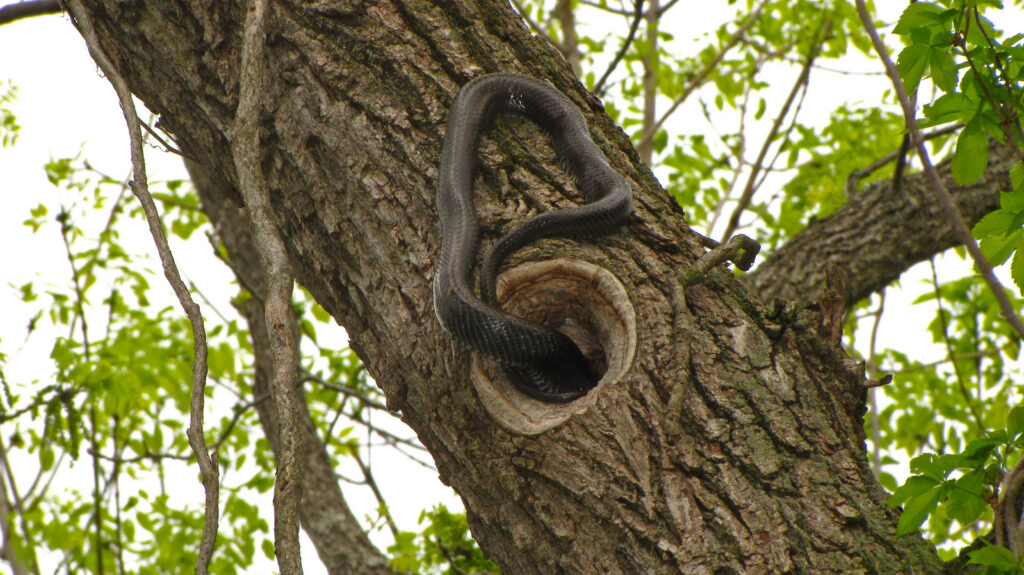
Modern forestry practices pose significant challenges to tree-hibernating snake populations by systematically removing the very trees they depend on for winter survival. Commercial timber harvesting typically targets mature and over-mature trees – precisely the specimens most likely to contain suitable hibernation hollows. The practice of removing “hazard trees” in recreational and urban-interface forest areas further eliminates potential hibernacula. Even selective logging that targets trees with visible hollows or decay patterns disproportionately impacts the habitat features snakes require for successful brumation. Conservation biologists have raised concerns about the long-term viability of tree-hibernating snake populations in intensively managed forests, as the development of suitable hibernation hollows requires decades or even centuries – far longer than typical commercial forestry rotations allow.
Climate Change Implications
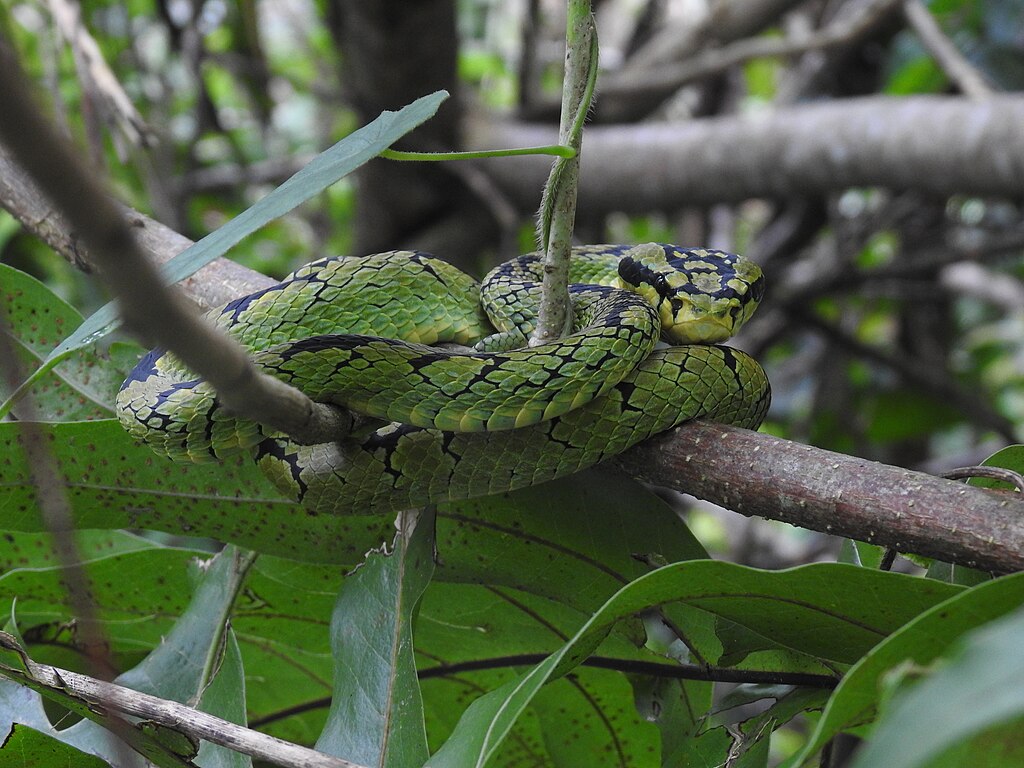
Climate change presents complex challenges for tree-hibernating snake species, potentially altering the timing, duration, and safety of their brumation periods. Warmer winter temperatures may disrupt normal brumation patterns, causing snakes to enter hibernation later and emerge earlier, potentially depleting crucial energy reserves if suitable prey isn’t available during these extended active periods. More frequent freeze-thaw cycles predicted in some regions could trick snakes into emerging prematurely from hibernation, exposing them to potentially lethal cold snaps. Tree hollows, while offering better insulation than many ground sites, aren’t immune to these climatic disruptions. Research tracking brumation patterns over recent decades has already documented shifts in hibernation timing in several tree-hibernating species, raising questions about their adaptive capacity to respond to rapidly changing climate conditions.
Conservation Considerations
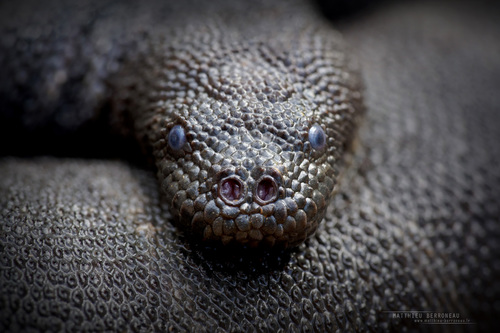
Protecting tree-hibernating snake populations requires specialized conservation approaches that preserve not just general forest habitat but specifically the mature trees containing suitable hibernation hollows. Some forest management agencies have implemented hibernacula mapping programs, identifying and protecting known snake hibernation trees from harvesting activities. Conservation easements focusing on old-growth characteristics rather than simply forest cover have proven more effective for maintaining viable populations of tree-hibernating snakes. Education programs targeting private woodland owners have also shown success, as many landowners willingly protect snake hibernation trees once they understand their ecological importance. The slow development of suitable tree hollows makes preservation of existing hibernacula particularly crucial, as replacement habitat cannot be quickly regenerated once lost.
The preference of certain snake species for tree hollow hibernation represents a fascinating evolutionary adaptation that balances multiple survival factors. These elevated wooden chambers provide temperature stability, predator protection, flood avoidance, and humidity control that many underground alternatives cannot match. As our understanding of these complex behaviors grows, so does our appreciation for the sophisticated environmental awareness these reptiles display. Unfortunately, modern forestry practices and climate change threaten this delicate relationship between snakes and their arboreal winter refuges. Conservation efforts that recognize and protect these critical habitat features are essential to ensuring the continued survival of tree-hibernating snake populations. By preserving mature forests with abundant hollow-bearing trees, we not only protect these remarkable reptiles but maintain the complex ecological relationships they represent within healthy forest ecosystems.

